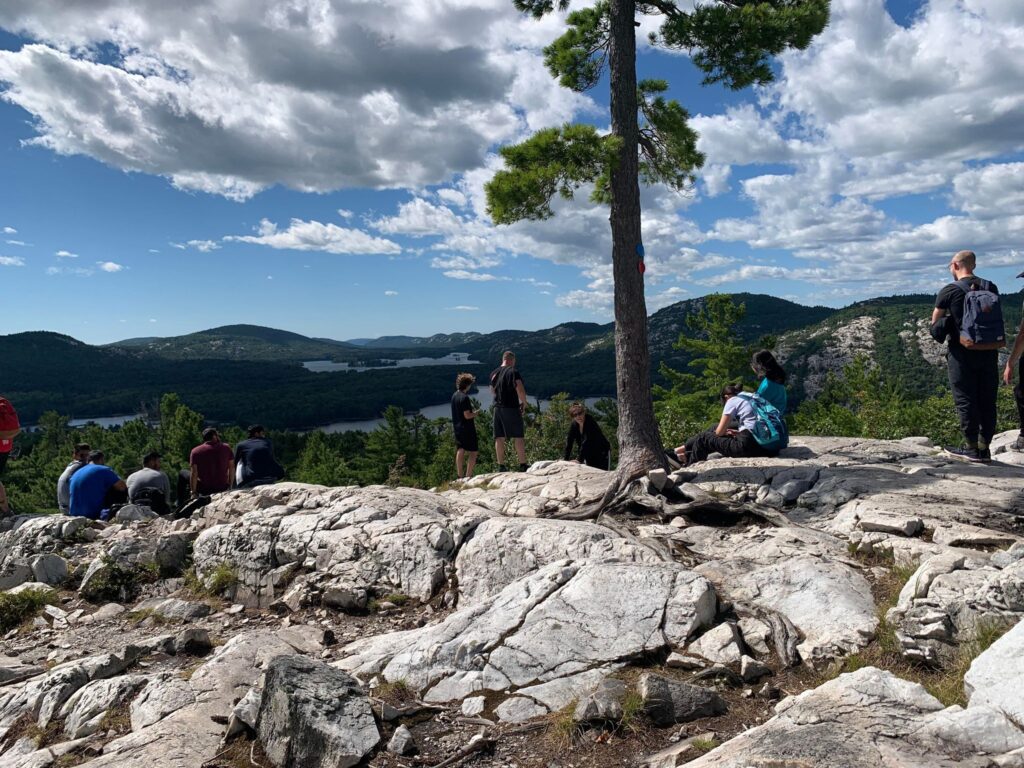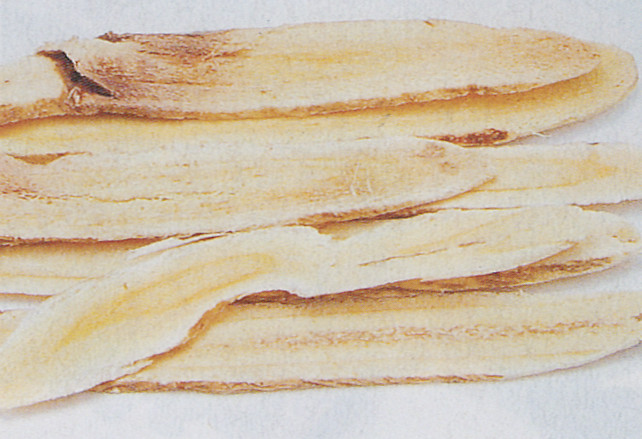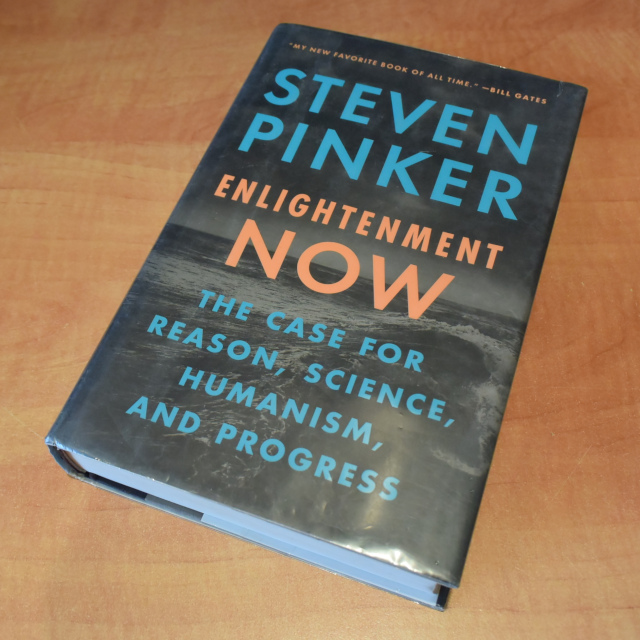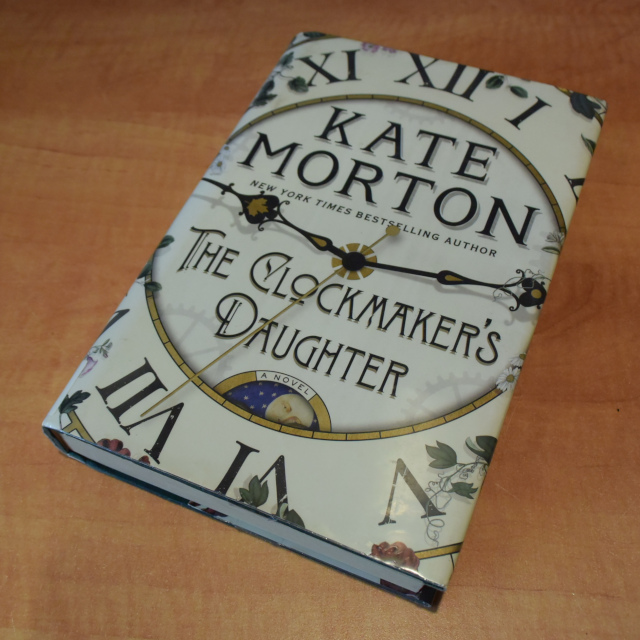
About twenty years ago, the movie Seabiscuit was out in theatres, to mostly good reviews. I happened to love the film, as I also loved the book it was based on. It’s primarily a story about a racing horse, yes, but at it’s core, it is a story about heart, and courage, and kindness, and how desperately we need those things, especially during difficult times.
In his review of Seabiscuit way back in 2003, Roger Ebert wrote: ” I saw people crying [at the end of] “Seabiscuit”. It’s yet more evidence for my theory that people more readily cry…not because of sadness, but because of goodness and courage”. I thought that a very astute remark, because when I thought back over the parts of the film that made me cry, it wasn’t during the moments of sadness – and there were plenty of those – but after a moment of unexpected compassion. The scene absolutely gutted me.
I only mention this movie and my reaction to it now, because of a real life experience I just had where the same grit and heart exhibited by Seabiscuit was demonstrated by a good friend of mine. Her name is Melissa.
Melissa was born with a congenital heart defect called tetralogy of Fallot. You may have heard of this condition before, as children born with it are often referred to as “Blue Babies” due to the blue tinge of their skin. A hole between the left and right ventricles prevents proper oxygenation of their blood, which is what causes their skin to turn blue. Without life-saving surgery done within the first year or two of life, these children don’t survive. You could say that Melissa has been a survivor all her life.
In addition to the shunt that was put into Melissa’s heart when she was just 13 months old, she has also undergone two major open heart surgeries, survived cardioversions, endured cardio catheterizations, and had trans-esophageal echoes. You might think Melissa would try to play it safe with a heart condition like this. That she might prefer to stay at home, and protect herself from all unnecessary exertion. But Melissa refuses to live her life that way. She is always pushing ahead and she absolutely never gives up, facing challenge after challenge with a smile on her face. She inspires me regularly.
No more so than on our recent hike up the Crack in Killarney Provincial Park last month, where Melissa bravely faced a climb that is challenging even for people without any heart issues. I was feeling daunted by the climb. I imagined failure. How must it have felt for Melissa, whose delicate, patched-up heart beat furiously if she climbed too quickly, and became out of breath if she pushed herself too hard? By the time we were 3/4 of the way through the hike, I was feeling guilty that we’d even considered it.
At the final climb to the top, there was a bottleneck. Dozens of people who had already completed the hike were coming down, and there wasn’t room for all the newcomers to climb up at the same time. We would have to go up single file. One at a time. Every man for himself. And so, one by one, the rest of our group made it to the top and found a place to sit. Then we waited, with increasing worry, for Melissa to make her appearance. Five minutes went by, then ten, then fifteen. We began to shift uncomfortably, concerned about what Melissa was putting herself through.
And then, suddenly, there she was! Relieved beyond measure, we all whooped and yelled. “Take that, tetralogy of Fallot! ” cheered her daughter. The smile on Melissa’s face was priceless. We were all so proud.
But this story doesn’t end there. We still needed to make it back to the ground again before dark, and no one knew that better than Melissa herself. Climbing up to the top required strength and stamina, but getting back down again would mean patience and careful footing. Slipping over the smooth rocks could easily cause a break or sprain. I could tell by Melissa’s sudden quiet that the descent was weighing on her mind. And so, after a period of rest, we all took a deep breath and began the arduous journey back to the bottom.
Again, our group split apart, with the faster among us moving quickly through the crowded, narrow parts, while Mike and I followed a more moderate speed with Melissa’s grand-daughter, Ava. Melissa wisely took a slower, and more careful pace. I could see that her legs were weakened by the exertion it took to make it to the top. She was struggling to navigate over the smooth rocks without falling. We had all been hiking for hours. We were all tired. But the strain on Melissa and her heart must have been that much greater. Undaunted, she kept going. Again and again, I was inspired by her mettle. We paused at regular intervals as we waited for her to catch up.
The part really that got me, though, was when we were almost at the end, just a kilometre or two away from the parking lot, when Melissa and her grand-daughter began to talk with one another. Naturally, Ava had also been struggling throughout the climb, and she wanted some encouragement and reassurance. She began to chatter, as 8 year olds do. And even though I knew how sore Melissa’s legs must have been, and how hard it must have been for her to keep walking, she answered all of her grand-daughter’s questions with patience and kindness. She praised her for her strength and hard work. She told her how proud of her she was. That’s when my heart started to wrench.
Melissa could have been more concerned with herself. After all, she was the one with the heart condition! If anyone should have been praised for the climb, it was her. And yet, she made no reference to herself and used her remaining strength to reassure her grand-daughter. She didn’t complain about her aches and pains. She didn’t complain about her tiredness. As I walked ahead of them on the path, listening to their gentle conversation, tears begin to fall down my cheeks.
I have spent the last few years among people who have done nothing but judge. All through my mother-in-law’s long decline, as I struggled to keep myself going, they smugly turned away from me, refused help, and did nothing but complain about their own problems. It’s been a long and painful exposure to the darker side of humanity. More than Julia’s illness itself, it’s been this that has weighed me down and nearly broken me.
But as I listened to Melissa’s quiet conversation with Ava and took note of her kindness, her patience, and her complete lack of ego, I felt something soften and lift within me, like the gentle fluttering of a butterfly. I was reminded of the goodness that still exists in the world, and of what a courageous and beautiful person Melissa is. I am lucky to have her in my life. It was also a reminder of what true strength is, and what it means to have heart.
I agree with Roger Ebert. It isn’t sadness that most moves us. It’s goodness and courage. And now, thanks to Melissa, my heart is full.






